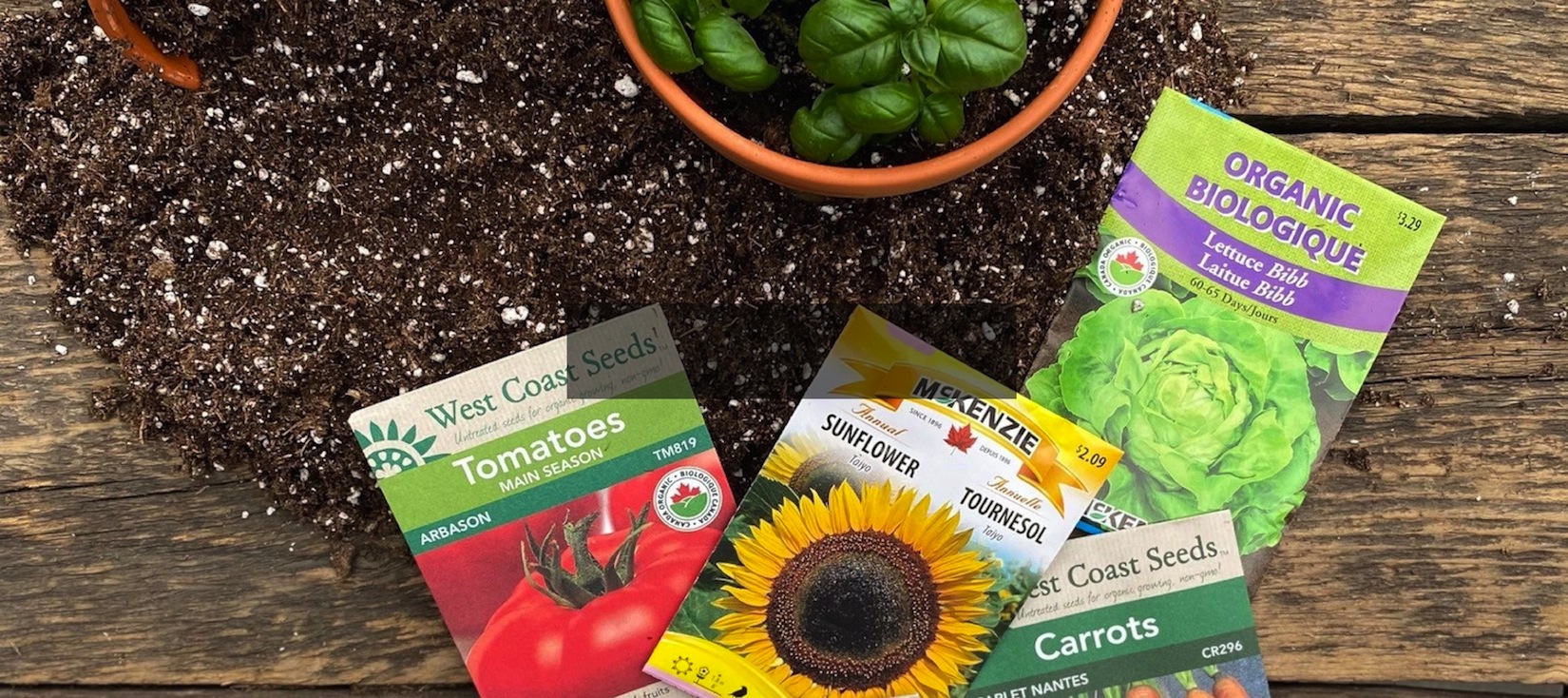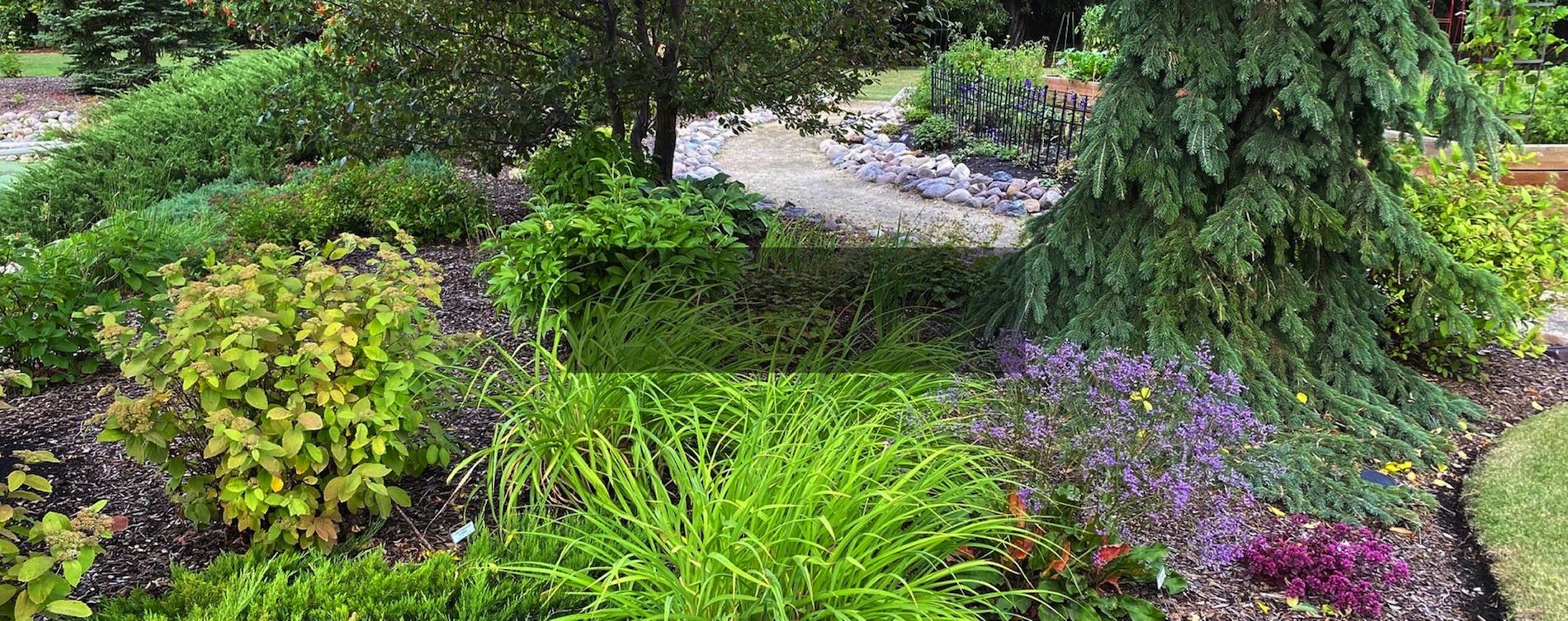Preparing Your Pond for Winter

You’ll enjoy your watergarden much more next spring if you prepare it properly for winter. Here are some tips for preparing your pond for winter:
Leaf Cleanup
If you haven’t done so already, ensure all leaves are cleaned from the pond. If you’ve missed cleaning your leaves and your pond water has frozen, make a note to remove those leaves early in spring.
Store Pumps
If you are not overwatering fish in your pond, your pump should be removed and stored for the winter. Store the pump in a frost free location, submerged in a bucket of water.
Overwintering Plants
Though certain waterplants such as water hyacinth are considered annuals (therefore discarded at season’s end), many hardy waterplants can be overwintered either in the pond or in storage. By overwintering your waterplants, you’ll start next spring with a pond full of plants, and more money in your wallet! There are a few ways to overwinter your waterplants:
Hardy Plants
It’s so easy to overwinter hardy water plants such as marsh marigold and cattails. Simply leave plants in their pots in the deepest area of the pond (24” – 30” will suffice). The foliage of cattails, sedges or rushes can be left standing for winter interest. if you wish to cut the foliage back, ensure the leaves stand above the water line to prevent them from rotting.
Semi-Hardy Plants
Any plants considered semi-hardy such as arrowhead and pickerel weed should be heeled into a flowerbed. Dig them up in spring and place in buckets of water until new shoots appear.
Tropical Plants
Tropical plants such as papyrus and canna can act as houseplants over the winter months. Plants should be taken out of the pond before first frost and allowed to drain well. They can be left in current pots, but a more decorative container may be preferred for indoors. Plants can be repotted for the winter using an indoor tropical houseplant mix.Once temperatures have warmed in spring plants can be potted back into pond baskets with water plant soil and placed back into the pond.

Water Lilies
Water Lilies may be stored in two separate ways:
1. Leave the plant in the pond until after a killing frost. The reason we leave the plants in is so the cold temperatures can induce the formation of small, new tubers. Gently rinse all the soil from the tubers. To test if the tubers are viable, float them in lukewarm water for a day. Viable tubers will sink and spoiled ones will float.
Store tubers in damp sand or peat moss in a cool basement (10-12º Celsius). Temperatures must be cool for tubers to remain in dormancy. Check them from time to time to make sure the peat moss or sand doesn’t dry out completely.
In early May check to see if the tubers have any sprouts. If there aren’t, place the tubers in distilled water in a sunny window to break dormancy. When roots are 1/2” -1” long pot them 1/4” deep in heavy soil and submerge the pot in 3” of water. Maintain a minimum water temperature indoors of 21ºC (70ºF). When leaves emerge and the pond is at least 21ºC (70ºF) they can be safely returned outdoors to the water garden.
2. Bring in your entire tropical water lily from the pond, pot and all intact. Trim off the withered leaves. Place plant in a Rubbermaid tub filled with water (halfway). Place tub in a room that is around 10º Celsius. Allow the water to slowly evaporate over winter. When you are ready to start growing the plants again in early spring (March) you will add warm, fresh water, and provide the plant with plenty of light (you may require some additional lighting such as fluorescent or a grow light).
NOTE: Though it may be too late now to implement the following, keep it in mind for next year. Plants can be treated as houseplants as well; provided you have plenty of light, you can grow plants through the winter. Bring them in prior to frost, keep them in a lined tub with water, and place tub in a warm area with plenty of light. Remember – water lilies love warm temperatures and warm water!

Overwintering Fish
If you choose to overwinter your fish outdoors, here are some important tips:
1. You must ensure an area of the pond is kept ice free. This allows toxic gases from decaying plants/leaves to escape. You can achieve this open space with a floating pond de-icer or trough heater which keeps the pond water at a constant temperature slightly above freezing, preventing ice from forming.
2. To provide adequate oxygen, you will also need to ensure water circulation in your pond. Your pond pump will provide adequate circulation; just ensure the riser stem of the pump, or the tubing attached is above the water level. This ensures good water movement, which equals extra oxygen your fish need to survive.
Note: If water surface does freeze over (power outage etc.) NEVER use an ice chipper/heavy object to break a hole in the ice; this could severely stress the fish. Instead, open a portion of the ice by pouring boiling water on the surface.





